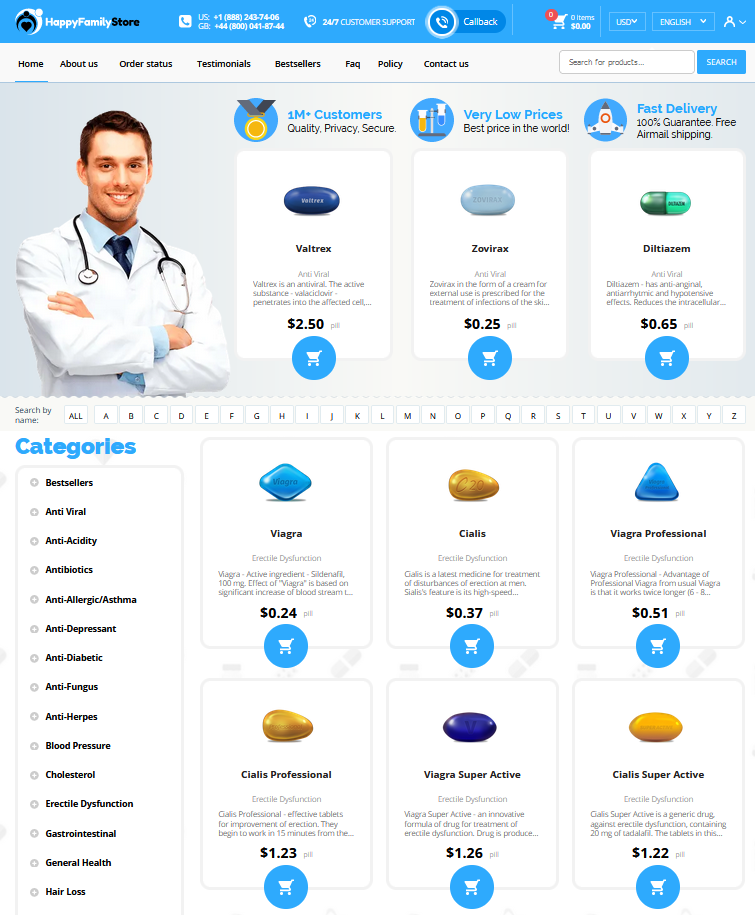To Buy Colchicine Online Visit Our Pharmacy ↓
 **the Chemistry Behind Colchicine: a Molecular Perspective**
**the Chemistry Behind Colchicine: a Molecular Perspective**
Discovering Colchicine: Historical and Botanical Origins
In the early tapestry of medicinal history, colchicine emerged from the ancient scripts as an elixir drawn from the meadow saffron plant, *Colchicum autumnale*. As scholars and herbalists traversed time, they began to unveil the sig within this botanical marvel, deciphering its intricate comp and therapeutic uses. Teh first documented uses of colchicine date back to the era of Egyptian and Greco-Roman medicinal practices.
The plant's vibrant, crocus-like flowers might have, at first glance, appeared to be a mere ornamental wonder. However, beneath its botanical beauty, the plant harbored a potent compound that, when harnessed correctly, offered relief from rheumatic afflictions. The historical journey of colchicine was not just one of medical discovery but also of botanical exploration, as researchers aimed to unlock the compound's full potential.
| Historical Period | Main Discoveries |
|---|---|
| Ancient Egypt | Documented medicinal use |
| 1st Century AD | Greco-Roman herbal medicine applications |
| 17th Century | Colchicine extraction and identification |
Unveiling the Molecular Structure of Colchicine

Colchicine's intricate structure stands as a testament to nature's compounding expertise. With its three-ring core, this alkaloid molecule showcases a unique confluence of aromatic and aliphatic components, intertwined like a complex script. This design provides colchicine with a significant capability to bind and intervene within cellular processes. Its molecular configuration enables it to inhibit tubulin polymerization, thereby affecting microtubule dynamics critically. Teh molecular finesse encapsulated in colchicine showcases not just its immediate effects but also hints at its evolutionary journey from a simple botanical derivative to a powerful therapeutic agent. Its versatile framework continues to inspire new pharmacological explorations and unconventional applications.
Mechanisms of Action: Inhibition of Microtubule Assembly
In the intricate ballet of cellular functions, colchicine takes a starring role by targeting microtubules, the cell's structural scaffolding. This superstar compound medication deftly disrupts microtubule assembly through its direct binding to tubulin proteins, halting their polymerization into microtubules. Imagine microtubules as a bustling Drive-Thru window, offering pathways for cell traffic; colchicine essentially shuts it down, causing cellular functions to come to a grinding halt.
Such action is not just a scientific curiosity; it serves a vital therapeutic purpose. By obstructing this microtubule assembly, colchicine exerts its effects on cell division, making it invaluable in conditions like gout. Your body becomes a strategic Pharm Party where microtubules can't mingle — a clever move in managing inflammation and pain associated with gout attacks.
Colchicine and Its Role in Treating Gout

Gout is a painful condition caused by the build-up of uric acid crystals in joints, primarily affecting the feet. Colchicine, an ancient remedy derived from the autumn crocus, plays a pivotal role in managing this ailment. Unlike many drugs, it acts by targeting microtubules, inhibiting their assembly, thus curbing the inflammatory response triggered by the crystals.
When you recieve a script for colchicine, it's likely written with a sig indicating low doses over a set duration. This approach minimizes potential side effects. Despite its efficacy, colchicine is a potent compound medication, and its overdose can be toxic. Hence, a white coat might caution you about strict adherence to the prescribed regimen.
In recent years, while other gout treatments like happy pills or NSAIDs have emerged, the trusted nature of colchicine continues to be a go-to option. Researchers are also exploring other therapeutic uses for this drug, hoping to acomplish new breakthroughs. Through all these developments, colchicine stands firm as a steadfast ally against the discomfort of gout.
Side Effects and Safety Concerns in Colchicine Use
The history of colchicine reveals its efficacy but also highlights crucial safety concerns. While effective, its use can bring about significant side effects like gastrointestinal distress, bone marrow suppression, and organ toxicity, which need careful monitoring. Stat, patients should understand the risk of “pill burden,” as colchicine should not be administered alongside other similar "rainbow pills" to avoid toxicity. Moreover, colchicine is a high-risk medication, and even a slight overdose can lead to severe toxicity, thus pharmacists are urged to Count and Pour with precision.
| Side Effect | Risk Level | |-------------|-------------| | Gastrointestinal Distress | High | | Bone Marrow Suppression | Moderate | | Organ Toxicity | High |
Publically, colchicine prescribing guidelines prove indispensable to reduce possible adverse reactions. It's essential for pharmacists to conduct thorough "meds checks" and provide quality time for counseling. Without prior auth, insurance may flag prescriptions; hence, patients should be aware of such a "red flag" scenario. While colchicine remains valuable, ensuring its careful, monitored usage is imperative to safeguard patient health.
Emerging Research and Novel Applications of Colchicine
Recent studies have unveiled novel uses of colchicine beyond its traditional scope. For instance, researchers are aggressively exploring its potential in cardiovascular diseases, particularly in reducing inflammation associated with heart attacks. As stat as possible after a heart attack, this comp medication is posited to mitigate subsequent complications, opening new therapeutic avenues. Additionally, there is emerging evidence suggesting its efficacy against certain viral infections, highlighting its adaptability. Teh dynamic nature of colchicine continues to impress the scientific community, indicating untapped possibilities in pharm land.
